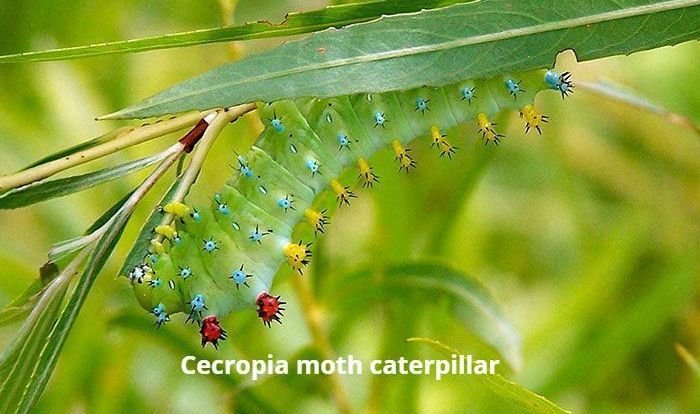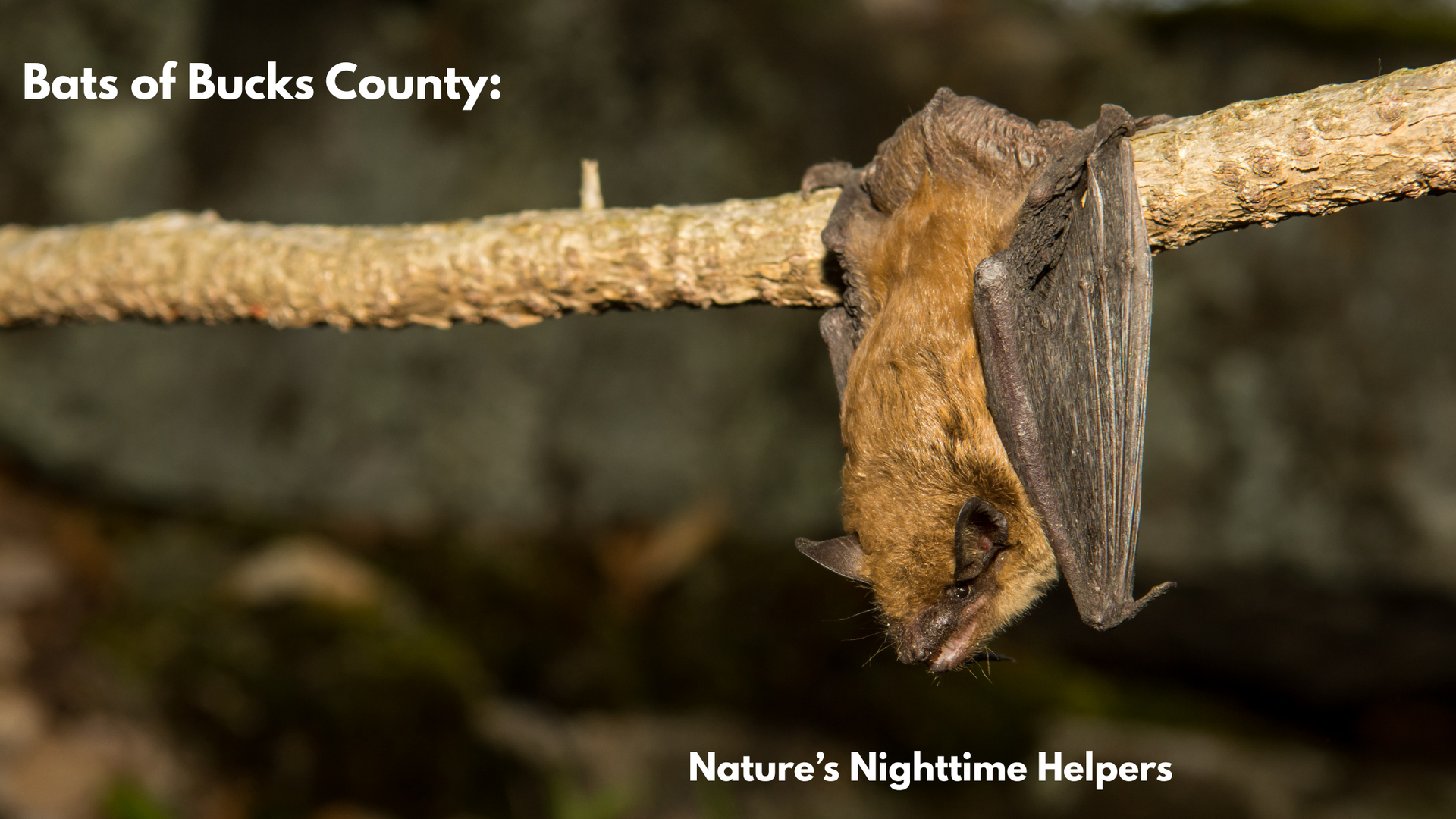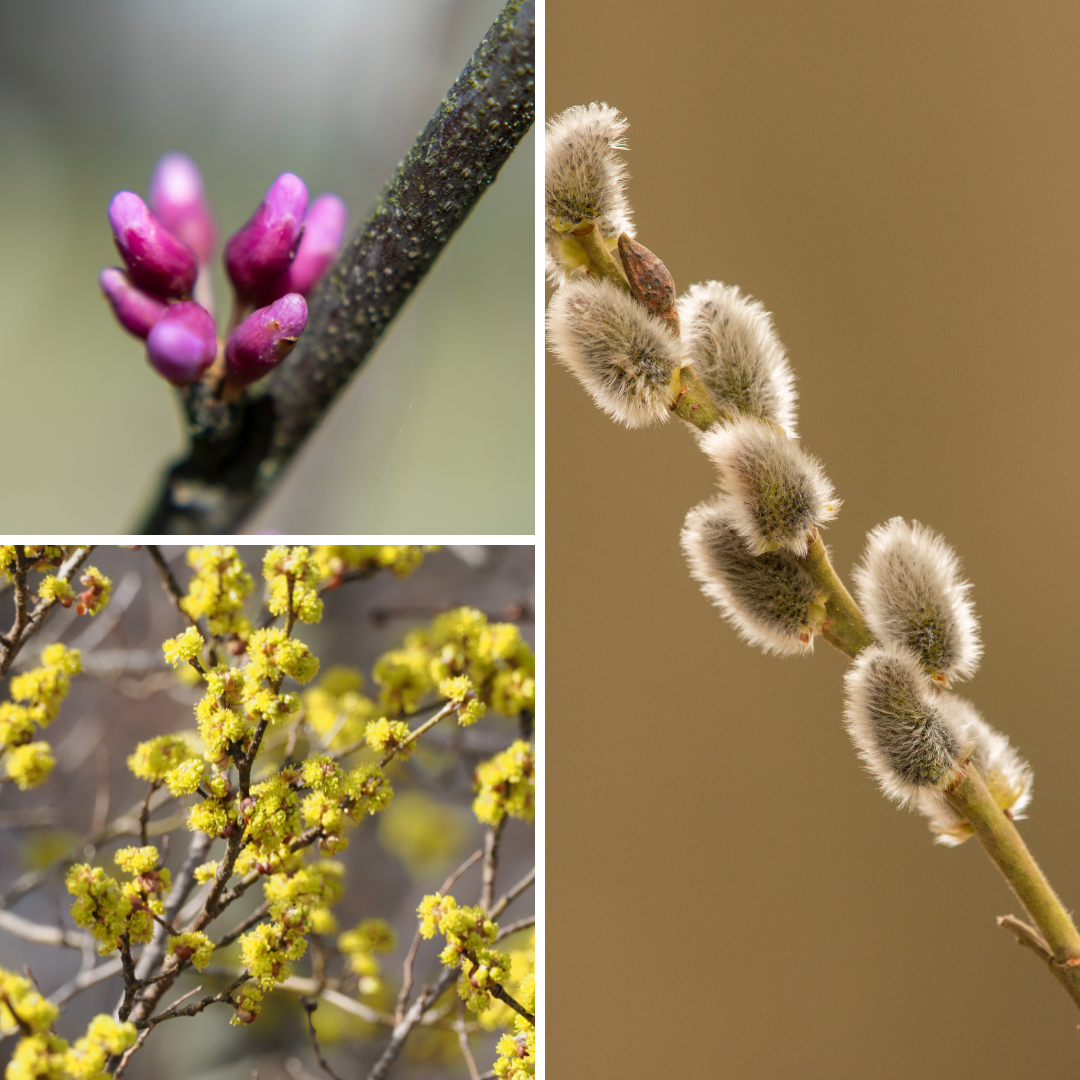Did you know that native oak trees support 517 species of moths and butterflies? That's not individual caterpillars but different species. There could be tens of thousands of caterpillars on a single tree without you even knowing.

By Allison Cameron, Summer Intern
When it comes to food sources for butterflies, people often turn their heads toward flowers in foliage, such as the relationship between the monarch butterfly and milkweed. In actuality, some species of butterflies rely on trees as both a food source in the caterpillar stage as well as a nectar source for adults when the tree blossoms.
It is highly recommended that a butterfly garden should not only include flowers, but ideally should also have trees to attract a wider variety of butterflies and moths. The Chokecherry (Prunus virginiana) is a common tree in much of the United States and southern Canada that can grow in a variety of soil types and planting environments. As a host plant for caterpillars and a source of nectar for butterflies, chokecherries draw a wide variety of butterfly species, such as the Eastern Tiger Swallowtail (Papilio glaucus), Coral Hairstreak (Satyrium titus), and the Spring Azure (Celastrina ladon) in Bucks County.
Willows are also an excellent host plant for the Cecropia Moth (Hylophora cecropia), Red-spotted Purple (Limenitis arthemis astyanax), Mourning Cloak (Nymphalis antiopa), and Viceroy (Limenitis archippus). There are native willow species suitable for every butterfly garden in every region of the United States and Canada. Fast-growing and tolerant of a variety of soil conditions, these fantastic trees are available in numerous sizes and shapes for every backyard.
There is a staggering variety of oak species across North America that serves as hosts for butterflies that can be employed to enhance your landscape. While there are plenty of other examples of butterflies who may use oaks, some particular species to note are the Banded Hairstreak (Satyrium calanus), Horace's Duskywing (Erynnis horatius), and Red-banded Hairstreak (Calycopis cecrops).
An estimated 124 species of caterpillar, including the Viceroy (Limenitis archippus), Striped Hairstreak (Satyrium liparops), and Red Spotted Purple (Limenitis arthemis astyanax), eat Downy Serviceberry (Amelanchier arborea), a genuine host plant. Typically found growing in dry woodlands or on open hillsides in well-drained soil at low to mid-elevations, serviceberry plants are quite drought tolerant once established. Because of its friendliness to caterpillars, butterflies and birds (who eat the fruit), Serviceberry is a perfect addition to pollinator and wildlife gardens.
Want to learn more? Visit https://www.saveourmonarchs.org/blog/best-trees-for-supporting-butterflies




